Small Changes That Make a Big Difference in Group Work
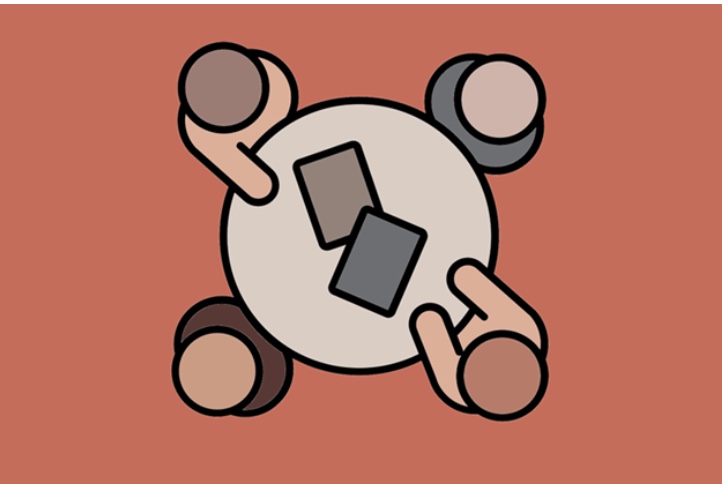
Even though cooperative learning is supported by research, so many teachers struggle with it and eventually give it up. Sometimes the smallest tweak in instructional approaches reaps the biggest impact, and group work is no exception. This post provides 17 small changes that can make a big difference in group work.
Authentic Small Group Discussions with the Real Talk Strategy

Real Talk is a small group discussion strategy for teachers who are ready to try an alternative to chaotic free-for all discussions and micromanaged role-based formats. In Real Talk, students create their own talking points, write them on sticky notes, and use a Discussion Board as they have their conversation. They are encouraged not to rush through the conversation and to really dig into their ideas. Real Talk works with any grade level and any text.
Hexagonal Thinking Actvities
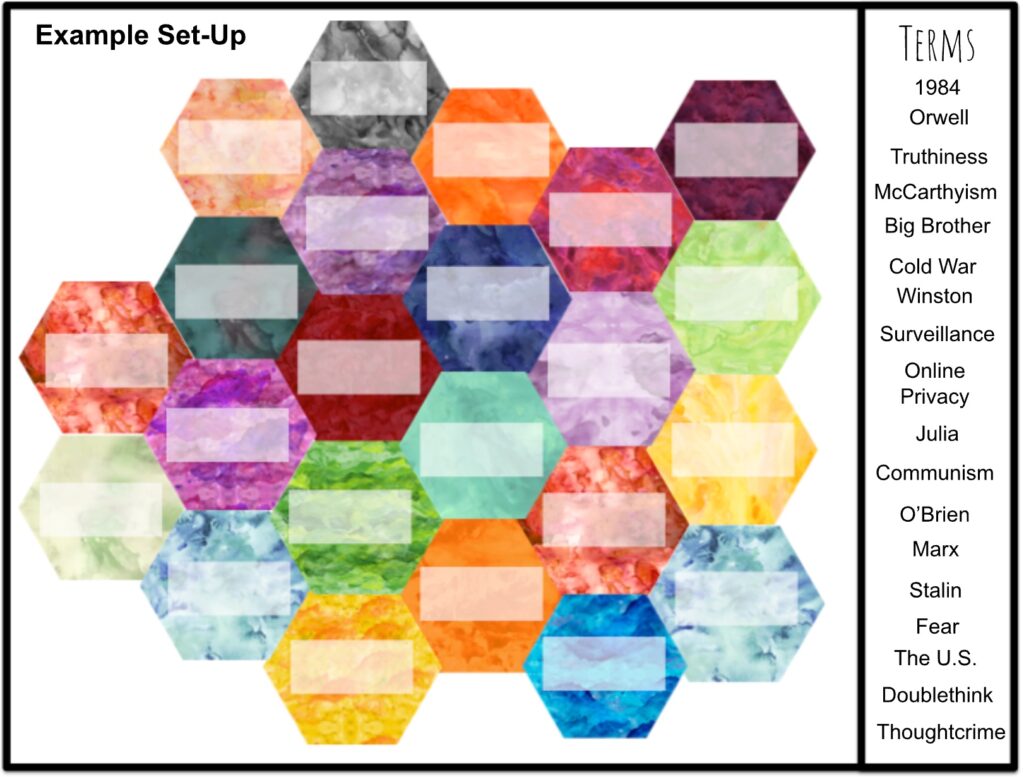
Hexagonal thinking is a simple method that yields big critical thinking results. Kids take a set of hexagons with varied terms, concepts, themes, real-world connections, etc. that relate to your current unit of study, and then link them together into an interconnected web. In pairs, groups, or even alone, they must use their critical thinking skills to decide which hexagons link best to which others.
Exit Tickets
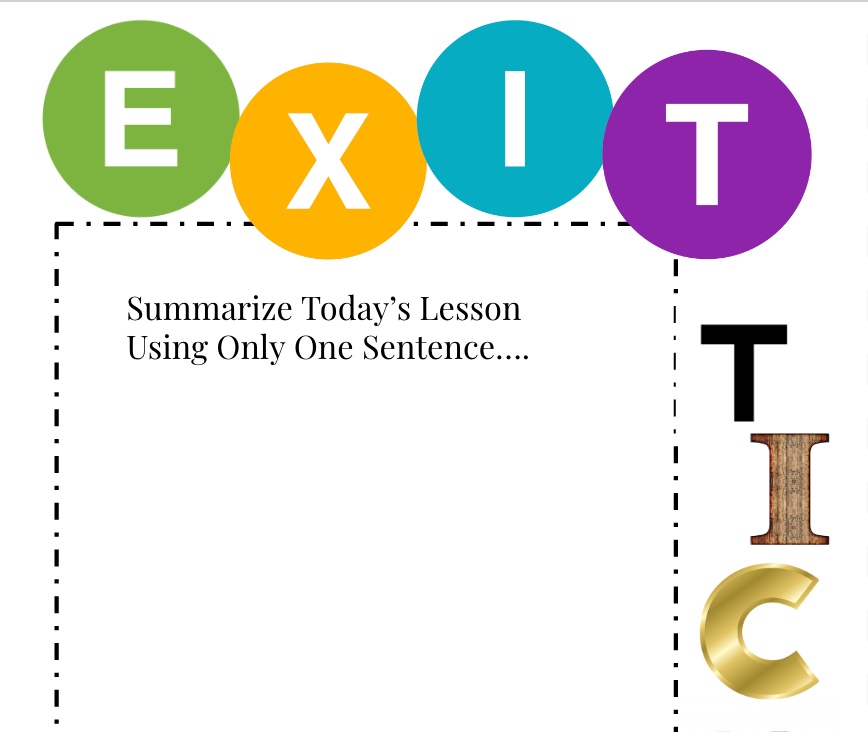
Exit tickets collect feedback on students’ understanding at the end of a class and provide the students with an opportunity to reflect on what they have learned. They can be helpful in prompting students to begin to synthesize and integrate the information gained during a class period.
Matt Thomas’ EL Video Archives
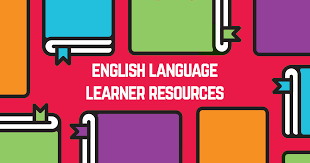
Here you will find all the video workshops created by our very own Matt Thomas on a variety of topics ranging from understanding teenagers to teaching English Learners. This page will be updated as Matt creates new content.
Station Rotations
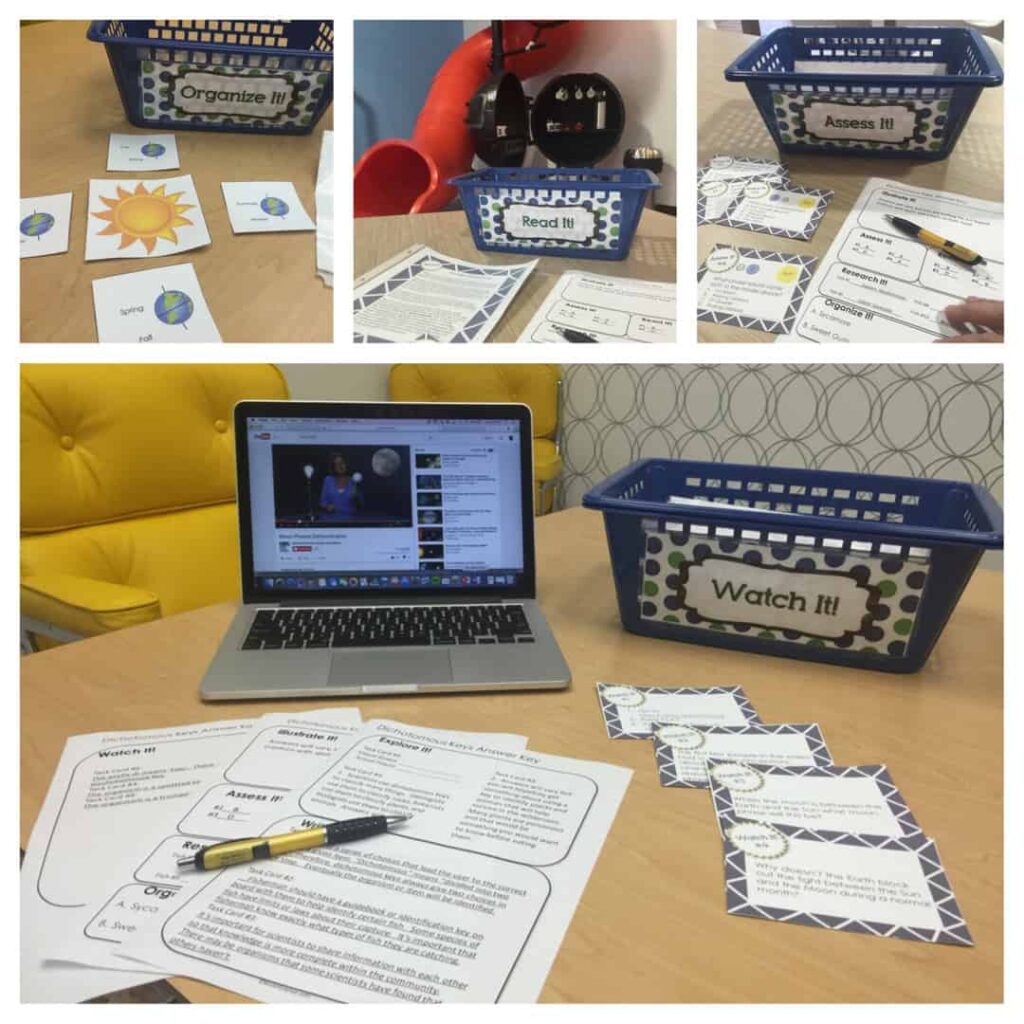
The Station Rotations Model is essentially the secondary version of Learning Centers, which are commonly used in elementary classrooms. Almost any lesson in any content area can be turned into a stations activity. Stations do require more prep than a lot of other activities, but once you’re set up, the lesson takes care of itself…
Nearpod 101 (It’s Not Just for Distance Learning!)
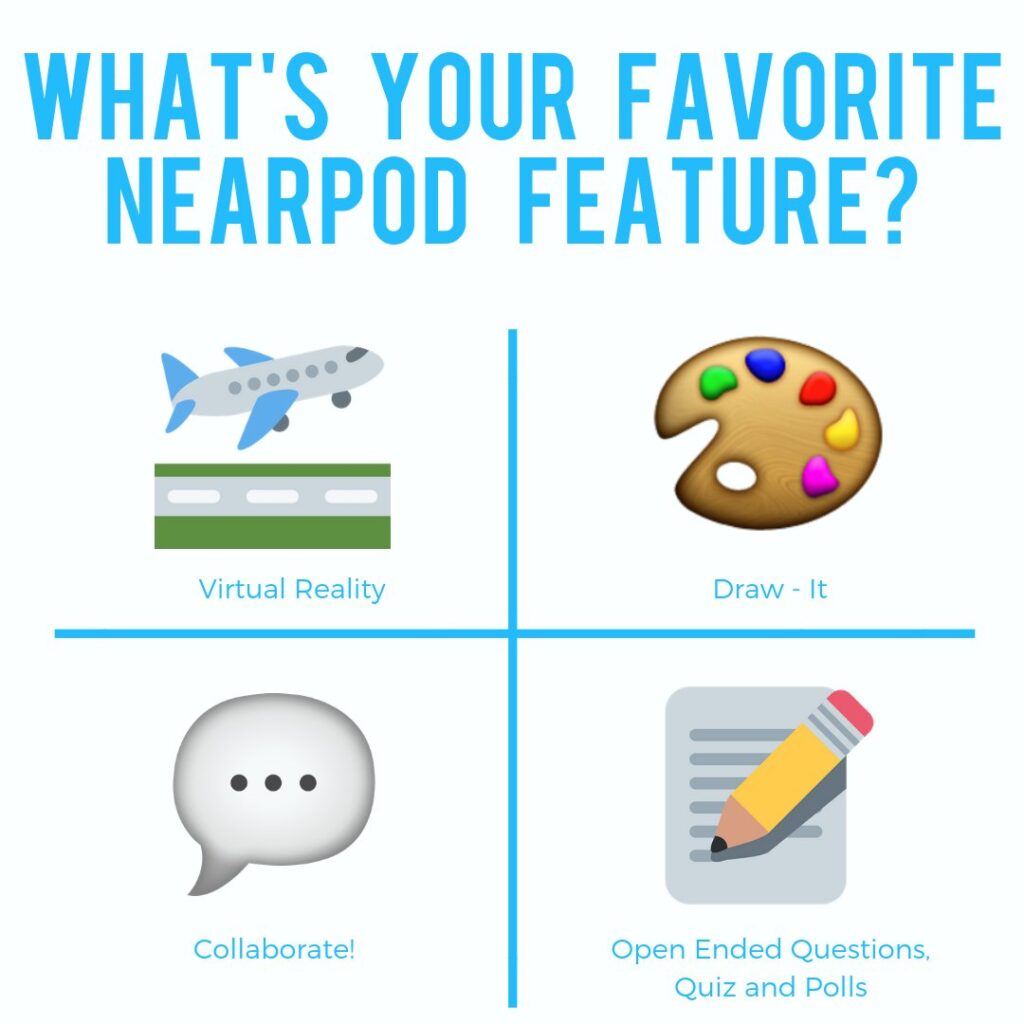
The premium version of Nearpod is now FREE for PUHSD teachers! If you’ve never heard of Nearpod or thought it was just for distance learning, come check out its collection of content and activity features…
How to Use Podcasts in the Classroom
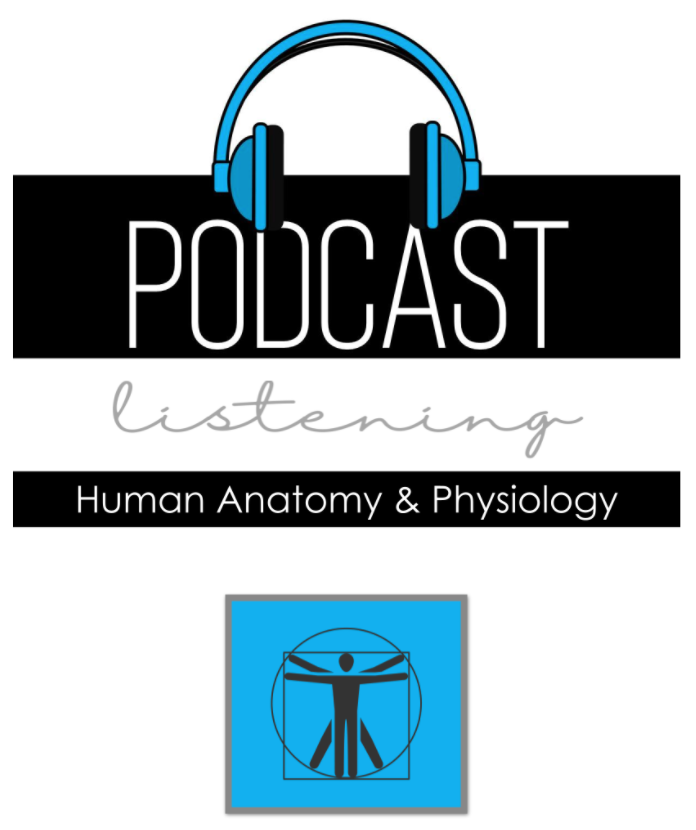
Educational podcasting has been growing in popularity in recent years. Students can listen to a podcast at the beginning of a unit as a way to generate interest in the topic or at the end of a unit as a way to extend and apply what they have learned. To take it further, you can have students create their own podcast as a project-based learning unit.
Thin Slides EduProtocol

In this EduProtocol, students are provided a word and asked to create a slide with the word, a definition, and a picture in 3 minutes or less. Students are given about 5-10 seconds to share and “whip around” the classroom.
Frayer-a-Thing EduProtocol
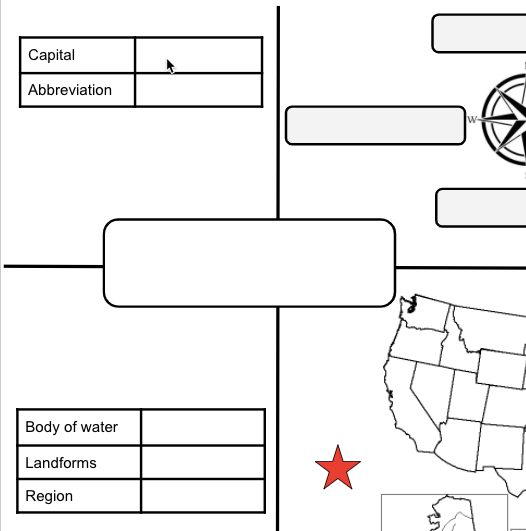
In the Frayer EduProtocol, students use a collaborative slide deck to define target vocabulary and apply their knowledge by generating examples and non-examples, giving characteristics, and/or drawing a picture to illustrate the meaning of the word.
Iron Chef EduProtocol

The Iron Chef EduProtocol, modeled after the Iron Chef Cooking show, is a modernized version of the jigsaw. Students work in small groups to read, synthesize create, and present to their peers.
Cyber Sandwich EduProtocol
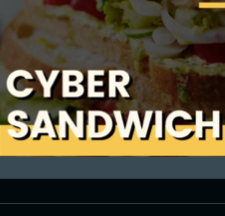
The Cyber Sandwich EduProtocol is a lesson frame in which students work in pairs or small groups to create a collaborative Venn Diagram. They record notes, compare and contrast topics, and summarize what they have read in this structured think-pair-share activity.
Virtual Station Rotation Lessons
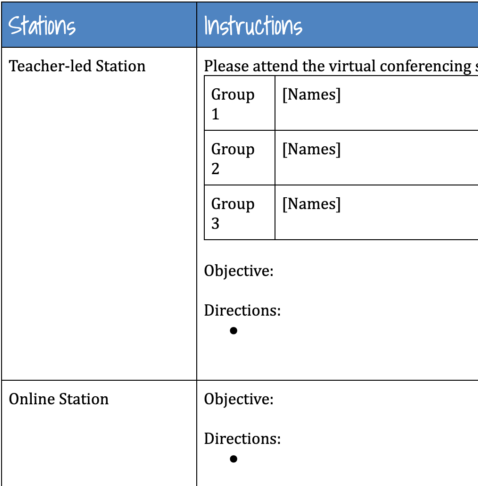
Instead of rotating physically like they would in a typical classroom, virtual station rotations have students shifting from one learning activity to the next. The beauty of the station rotation model lies in the small group dynamic, opportunities to differentiate more consistently, and increased student control over the pace at which they move through individual tasks.
4 Ted Talks to Teach Executive Functioning Skills
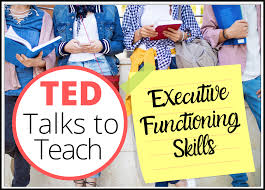
Executive functioning skills are key for our students to find success in the classroom and throughout their lives. EF skills include working memory, time management, organization, task initiation, emotional control, planning/prioritizing, and sustained persistence. Here are four engaging Ted Talks to be used in the classroom to help teach some of these much-needed skills.
Building a Better Breakout Room
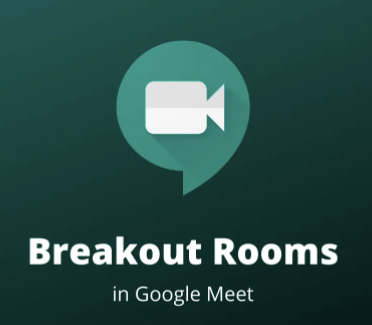
Google Meet now gives you the ability to put students into smaller meetings, or breakout rooms, for small-group discussion and collaboration. But just sending students into these rooms won’t usually get you good results, and teachers all over the world have been learning what works best through trial and error. This resource is a summary of the most common tips.
Creative Ways to Use Jamboard
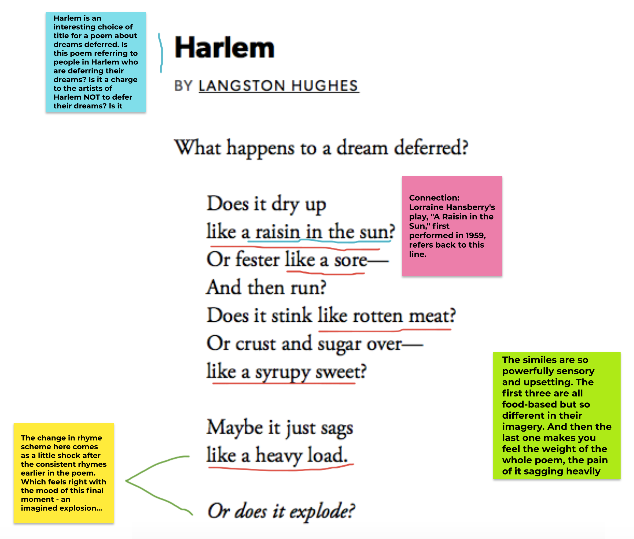
Jamboard is Google’s digital whiteboard that gives students a place to brainstorm and work collaboratively using drawing and writing tools, sticky notes, shapes, images, and more. This resource includes templates and activity ideas including annotations, photo comic strips, voting, pros and cons discussions, Top 10 Lists, and Four Corners.
Engage-Explore-Explain Choice Boards
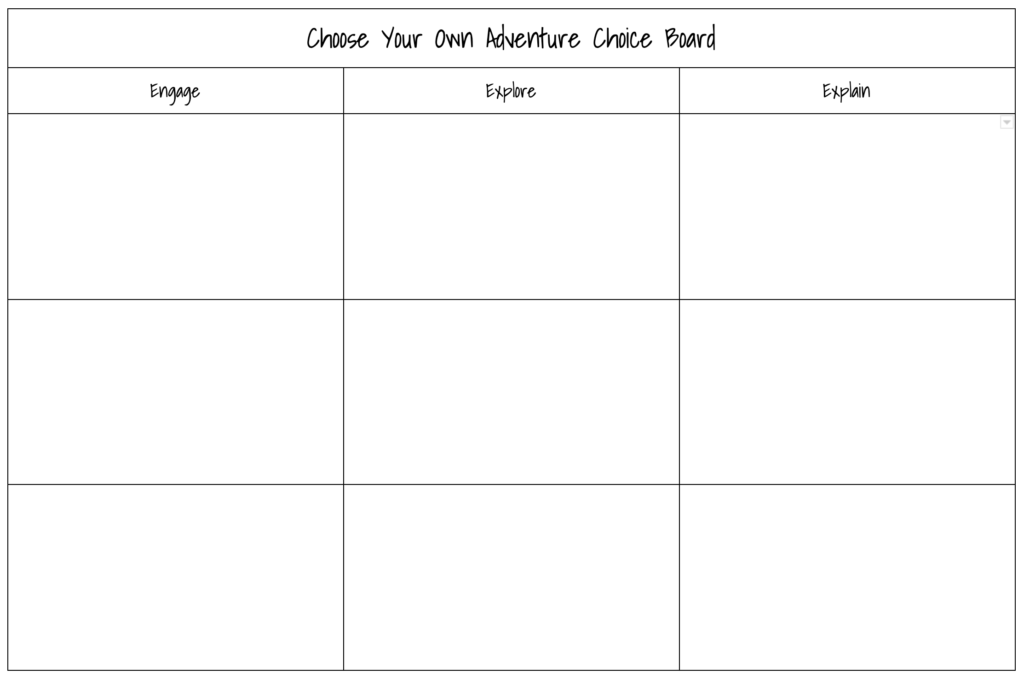
A choice board is a graphic organizer that allows students to choose different ways to interact with a particular topic. Teachers can require that students complete items from the choice board in a specific way, such as choosing one activity from each row or column. In this example, each column contains a different category of activities that ask students to engage with, explore, or explain somethng related to the topic.
Choose Your Own Adventure Project
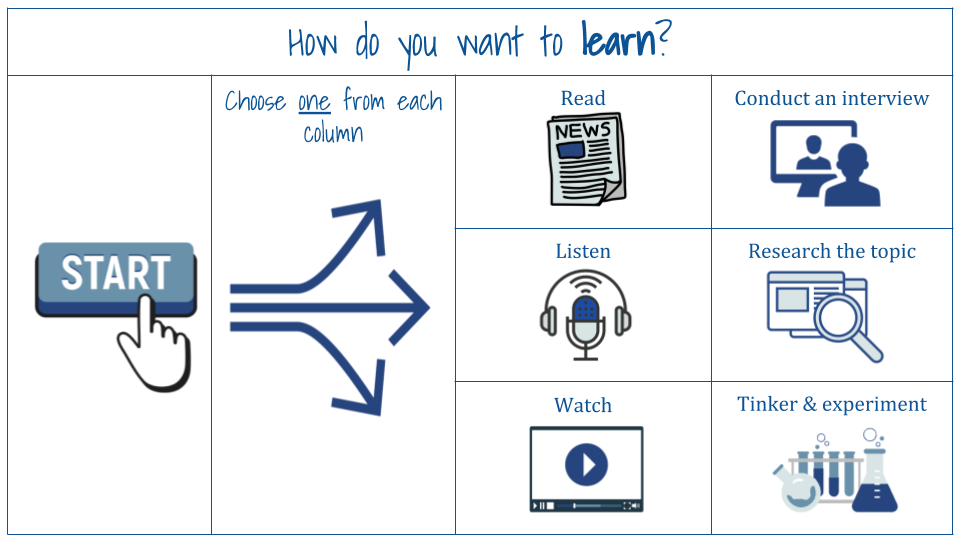
This creative “choose your own adventure” learning experience gives students lots of voice and choice in just about every aspect of learning and would be perfect for a term project. A google slide deck template provides the structure but students choose how they want to learn, how they want to process what they discovered, how they want to practice and review, and how they want to share their learning.
Digital Bulletin Boards & Gallery Walks
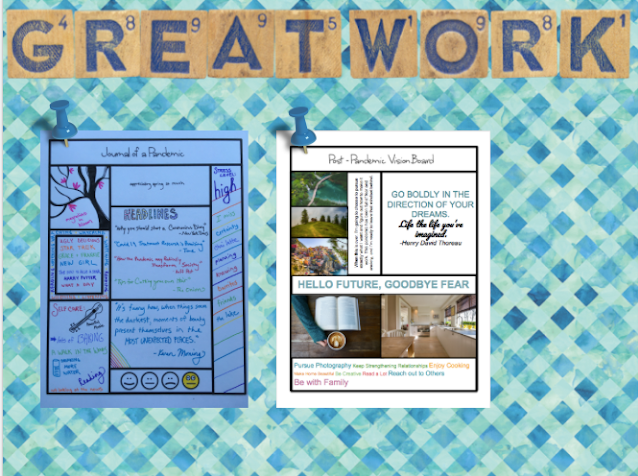
You don’t have to give up Gallery Walks just because we’re teaching online. Use this set of digital bulletin boards to display whatever you want – one-pagers, sketchnotes, vocab word wall posters. Choose your favorite color and copy the slide, or use them all.
Article of the Week
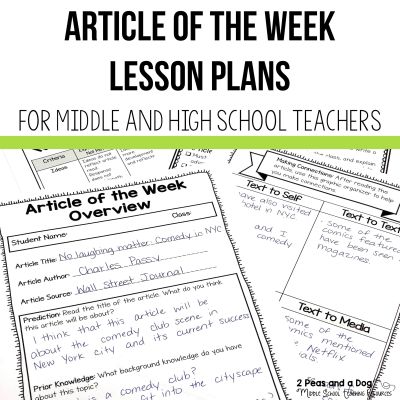
Part of the reason students struggle with reading is because they lack prior knowledge and background. They can decode the words, but the words remain meaningless without a foundation of knowledge. To help build students’ prior knowledge, try assigning an Article of the Week…
